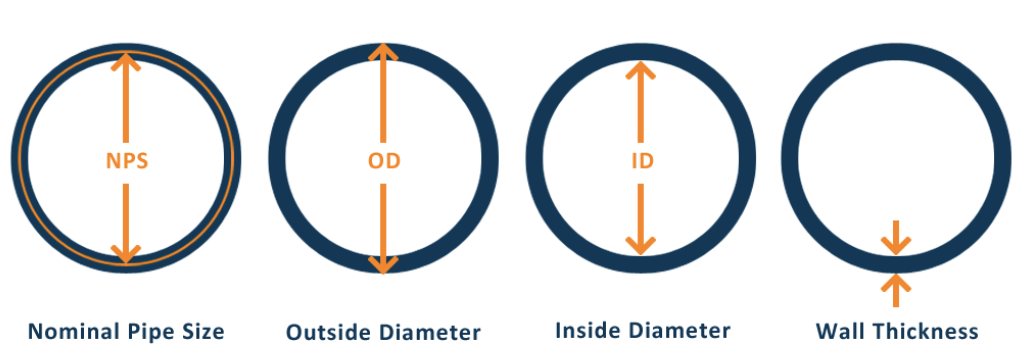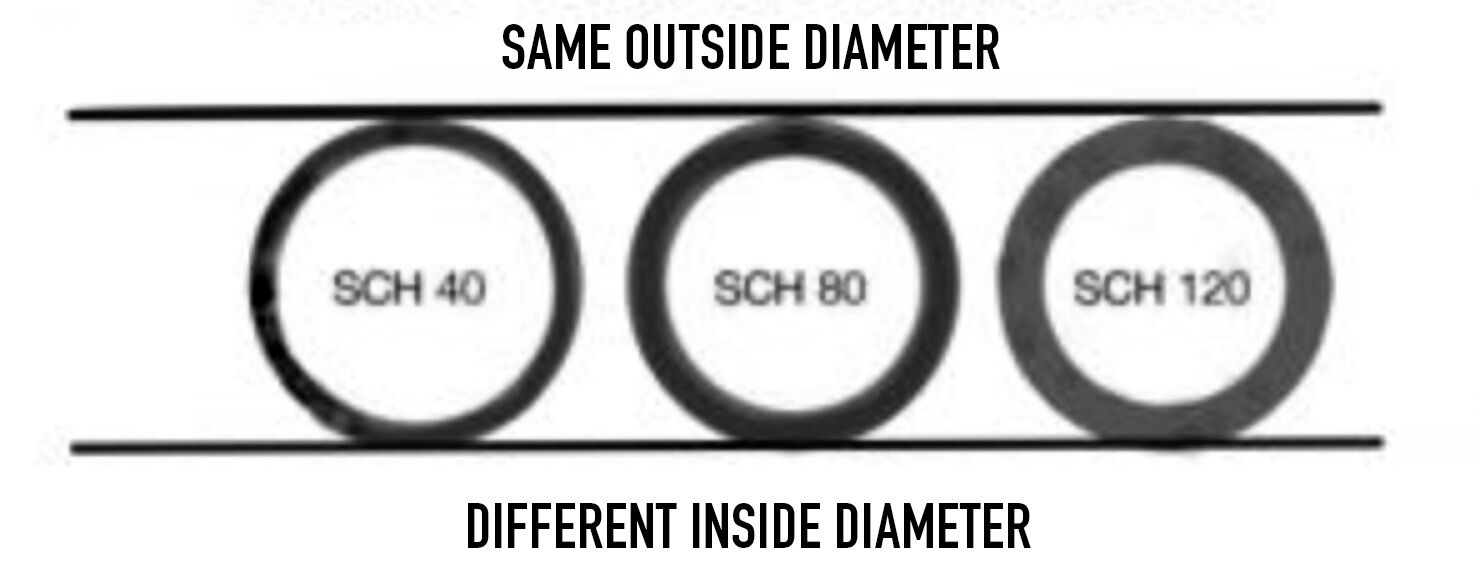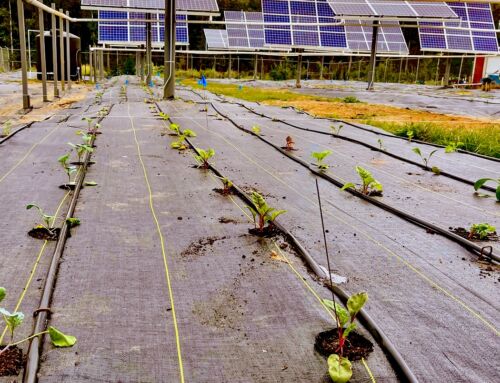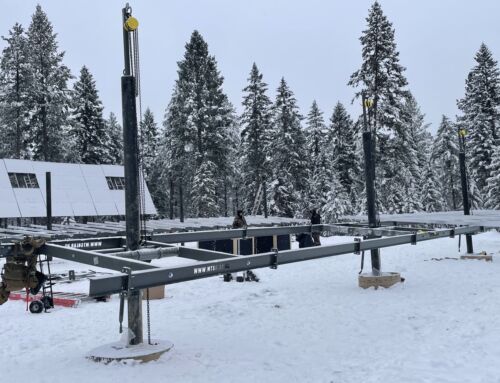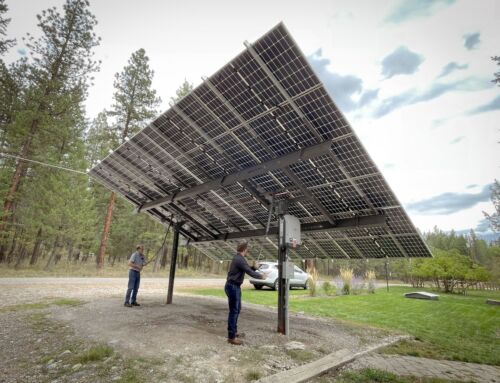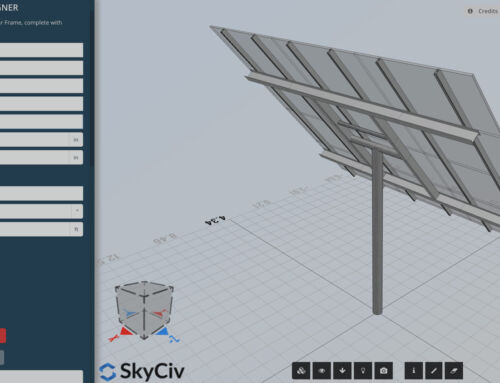Navigating the complexities of steel pole sourcing can pose challenges for many solar installers, with various considerations such as pipe sizes, steel types, and schedules potentially complicating the process.
At MT Solar, our expertise extends beyond designing and manufacturing top-quality, made-in-the-USA pole mounting structures for solar modules and arrays. We’re committed to supporting our clients by providing insights and simplifying the solar installation process any way we can.
In this article, we’ve compiled the 15 most frequently asked questions our team receives when it comes to sourcing steel poles for your solar installation project. Our goal is to demystify the steel pole sourcing by offering guidance on everything from understanding pipe specifications to making informed decisions about steel types and installation practices. With these insights, you’ll be able to streamline your sourcing process and ensure the seamless progression of projects from conception to final inspection.
1. What pole sizes are specified for MT Solar Mounts?
We specify 6, 8, or 10-inch Nominal Pipe Size (NPS) pipe sizes.
2. How do you measure the pole size?
Nominal Pipe Sizes (NPS) vary slightly from the actual outside diameter (O.D.) in inches. Our standard specifications measure NPS 6″ (6.625″ O.D.), NPS 8″ (8.625″ O.D.), and NPS 10″ (10.750″ O.D.). See diagram below.
3. What is the difference between schedule 40 and 80?
The inside wall is thicker on a schedule 80. Schedule 80 tends to be much more expensive than Schedule 40. If your design calls for Schedule 80, if is often cheaper to go up to the next size of pipe in Schedule 40. For instance, if your design calls for 6″ sch 80 pipe, it is often cheaper to up to an 8″ sch 40 pipe.

4. Why doesn’t MT Solar include the pole?
The shipping costs for poles can be astronomical. Considering the pipe is readily sourced almost anywhere, shipping the pipe to you does not make economic sense.
5. Where can I purchase the pole?
Some places where you might be able to purchase the pole would be at a well driller or a steel supply yard. Some customers even get lucky with scrap or recycle yards. You can also buy them at a hardware or electrical store, though it would increase the price quite a bit.
6. What are the standard pole lengths?
The standard pole length from the industry is 21 feet. Typically you will purchase the entire 21 foot length and then cut it the size specified on your construction drawing.
7. What about the different types of pipe, such as Steel, Galvanized, and Cold Rolled?
We recommend using raw steel pipe, sometimes referred to as “black iron.” When you get into galvanized or cold rolled steel or even stainless, it can be quite expensive and unnecessary.
8. Is it the same as a well-driller pipe?
Yes, it is. Or, the same as a pipe that would be used in piping a propane station, or building a propane truck, or piping high water lines across a creek. It’s the same schedule 40, schedule 80, pipe.
9. What is the minimum pole height that allows tilt adjustment of an array?
The minimum pole height would be 36 inches above grade level, but we recommend that you go quite a bit more, at least five feet or more.
10. Does the pole go all of the way to the bottom of the hole?
Yes, in most cases, the pole goes all the way to the ground.
11. Should I fill the pole with concrete?
No, please do not fill the pole with concrete. Sometimes, people believe this will make the structure stronger, but it actually has the opposite effect.
12. Can I affix the pole to the ground using anchor bolts or baseplates?
This is possible but may involve additional engineering costs. Make sure to speak with our sales engineers to get the proper design for baseplates.
13. Can I run the conduit through the pole?
Yes, you can. It does require a little bit more work, extra installation challenges. It’s probably going to be a little bit better and much easier to run a rigid conduit along the outside of the pole and that would be a quicker method.
14. Can the pole be painted?
Yes, painting the pole will add a nice finishing touch. Painting it will not cause any harm, but leaving it unpainted and exposed to the elements may cause it to rust over time. You can wait until the mount is hoisted to paint the pole or paint the pole first and then touch up after. The hoisting process will scratch up the paint job.
15. Does ground clearance add extra cost vs. benefits?
It may add a bit of extra cost, but considering you are typically buying a 21-foot pipe anyway and then cutting it to size, the benefits of ground clearance can add a lot of value to the project. We recommend reading “The Importance of Ground Clearance” article.
Are you a solar installer?
Ready to price out your next project?
Start with our pricing configurator and see if an MT Solar pole mount is a fit for your customer.

